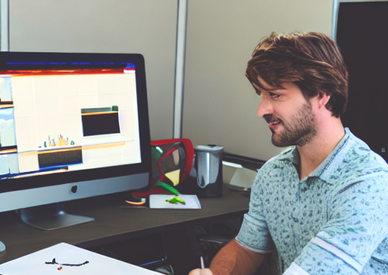Artwork and DesignWithout clear, effective design your print job will be limited in reaching its full potential. It's a fact.
Artwork is the visual representation that is ultimately printed on paper, and it's what your audience will see. Printing is simply the means of transmitting it to the world in a tangible form. |
Just as an artist wouldn't create a masterpiece with a cheap brush and inferior quality paints, or a builder wouldn't construct a mansion without ensuring the foundation and preparatory work were solid, the same applies to creating something for print. To achieve optimal results, your artwork should be Designed4print |
The Design Plays A Greater Role than the Print
This is a crucial stage in the printing process that can make or break the success of your project. We understand that not every print job requires the same level of attention, and that's why we offer different service levels to meet your specific needs.
For instance, if you're sending out an informational letter, a professional presentation is all that's required. However, if you're promoting an event, service, or product, your flyers need to grab attention and create interest quickly.
For instance, if you're sending out an informational letter, a professional presentation is all that's required. However, if you're promoting an event, service, or product, your flyers need to grab attention and create interest quickly.










